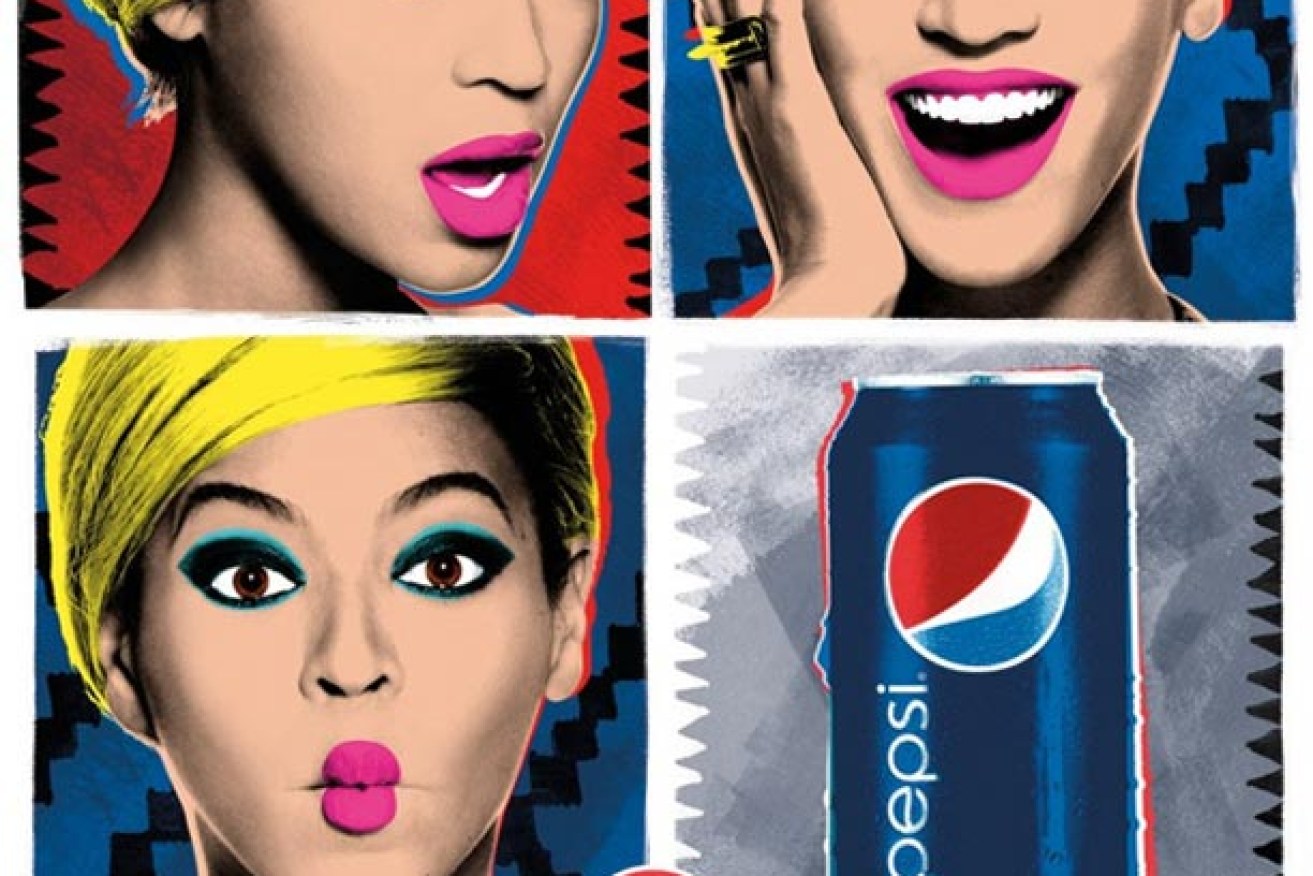How soft drink damages your body in just 60 minutes

Soft drink is marketed using glamorous celebrities and colourful packaging.
We’ve all heard the long-term dangers of soft drink, but their damage can actually begin in a matter of minutes.
In recent days, an old infographic describing the immediate effects of a can of Coca Cola has swept the internet.
The New Daily has not reproduced the graphic because some its claims are unsupported by evidence, but its core message is correct.
• This is the ‘most dangerous’ drug on the market
• Fit or fat? Plus-size runner sparks debate
• Men get fat when they become dads: study
• It’s official. This is the best diet for losing weight
We already know soft drinks are the second-biggest source of sugar (9.7 per cent) in the Australian diet after fruit (16 per cent), and are becoming increasingly popular with younger age groups, as the national health survey reported.
It is this increasing popularity that worries one expert.
“It’s extremely concerning that so many Australians, particularly young males, are regularly drinking sugary ‘pick-me-ups’ such as soft drinks, sports drinks, energy drinks and cordial, some of which contain up to 16 teaspoons of sugar per serve, without realising how bad they are for their health,” Obesity Policy Coalition executive manager Jane Martin told The New Daily.
Over years, these drinks can contribute to an early death. In mere minutes, they can trap us into what another expert called a “feedback loop”.
Here’s how.
From the first sip
 Within seconds, the acid and sugar in your beverage washes over your teeth, attacking the protective layer of enamel.
Within seconds, the acid and sugar in your beverage washes over your teeth, attacking the protective layer of enamel.
“It’s really lethal to your teeth,” LiveLighter campaign manager Alison Ginn, an accredited practicing dietitian, told The New Daily.
“The way you can check that is by running your tongue over your teeth. You can actually feel the change on the surface.
“It’s doing damage straight away.”
The acidity of these drinks is a “huge problem”, Australian Dental Association oral health committee chairman Dr Peter Alldritt previously told The New Daily.
He noted that sugar-free soft drinks are just as bad, if not worse.
“In fact, diet soft drinks are often even more acidic than the ‘full strength’ versions,” Dr Alldritt said.
Twenty minutes in
The viral infographic correctly noted that once you’ve gulped down a can of soft drink, it takes several minutes for all the sugar to take effect.
There are approximately eight teaspoons (40 grams) of it in an average can.
Such a potent load of sucrose, glucose and fructose might make you feel sick in solid form, but is disguised as a liquid, allowing you to ingest an enormous amount.
“You don’t feel the effects as much as when you eat it,” Ms Ginn said.
“It allows you to consume a lot more sugar quickly compared to if you tried to eat that much sugar in the food.”
Thanks to the flashy packaging, sweet flavour and your own cravings, you’ve just consumed almost your entire day’s recommended dose of sugar.
Forty minutes in

Soft drink is marketed using glamorous celebrities like Beyonce (pictured) and colourful packaging.
Once in the bloodstream, your blood sugar level shoots upwards, triggering a response from your pancreas.
To help process the super-dose of sugar, your body pumps out more insulin than normal.
A recent study published in the British Medical Journal seemed to confirm what has long been suspected — that even if soft drinks don’t make you fat, they can still cause diabetes.
“Habitual consumption of sugar sweetened beverages was associated with a greater incidence of type 2 diabetes, independently of adiposity [fat],” the authors wrote.
The leading theory is that it is this insulin spike, which occurs after the sugar enters the bloodstream, that gradually damages the pancreas, leading to diabetes.
The one-hour crash
Approximately an hour after drinking a soda, something “really important” happens.
Counter-intuitively, rather than feeling full, you now feel hungry, perhaps even hungrier than you would have been without the soft drink.
The insulin spike seems to be the cause.

Consuming soft drink will have you heading back to the vending machine for more sugar. Photo: Shutterstock
“There is a crash at 60 minutes,” Ms Ginn said. “Putting out so much insulin at once brings your sugar right back down again.”
To deal with this plummeting blood sugar, a side effect of the insulin spike, your cravings are back with a vengeance.
“This signal can cause you to overeat. You’ve just had all this sugar, and now you are probably going to eat as well — possibly more than you usually would.
“You want to keep coming back and having more.
“You feel like you need more sugar to fix this.”
The long-term effects
A recent study took an educated guess at the global death toll from these drinks, arriving at 184,000 a year.
Maintain a habit of drinking one can of soft drink a day and you can expect to gain 6.5 kgs a year — a widely cited estimate.
“If that’s happening over 10 or 20 years, that’s a lot of weight gain,” Ms Ginn said.
Leading nutrition expert Dr Rosemary Stanton, who worked on Australia’s dietary guidelines, previously confirmed to The New Daily that sugary drinks are a “major” cause of obesity.
“The problem is only going to get worse because young people now are consuming far more of these drinks than their parents did.”








